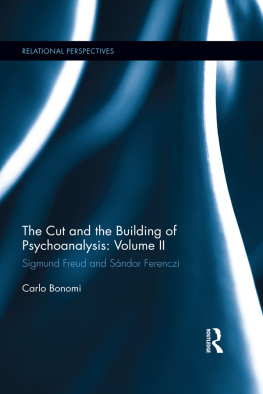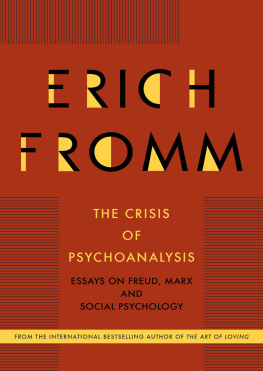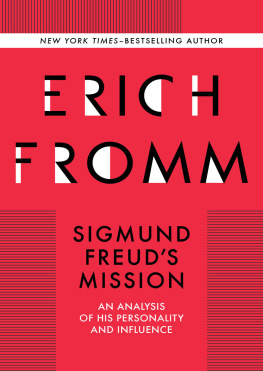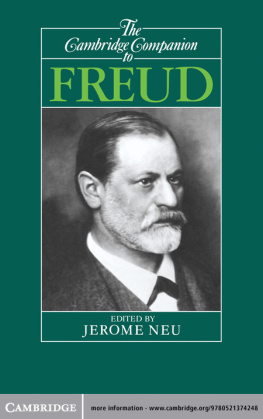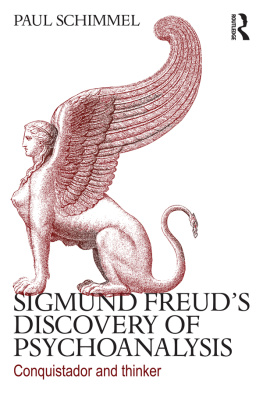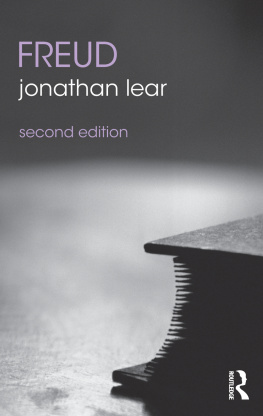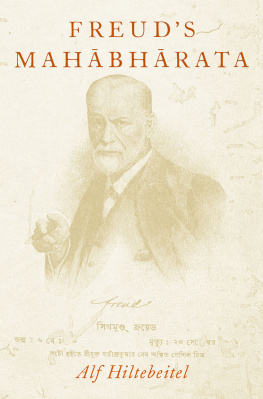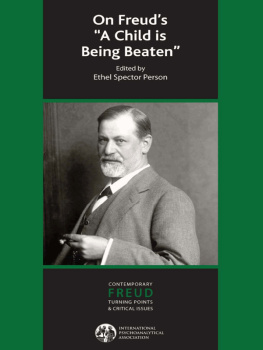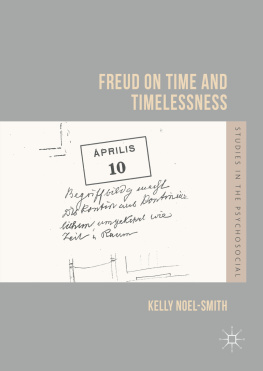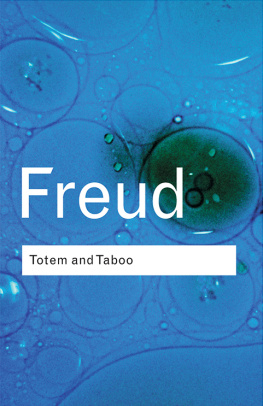The right of Carlo Bonomi to be identified as author of this work has been asserted by him in accordance with sections 77 and 78 of the Copyright, Designs and Patents Act 1988.
All rights reserved. No part of this book may be reprinted or reproduced or utilised in any form or by any electronic, mechanical, or other means, now known or hereafter invented, including photocopying and recording, or in any information storage or retrieval system, without permission in writing from the publishers.
The Relational Perspectives Book Series (RPBS) publishes books that grow out of or contribute to the relational tradition in contemporary psychoanalysis. The term relational psychoanalysis was first used by Greenberg and Mitchell to bridge the traditions of interpersonal relations, as developed within interpersonal psychoanalysis and object relations, as developed within contemporary British theory. But, under the seminal work of the late Stephen A. Mitchell, the term relational psychoanalysis grew and began to accrue to itself many other influences and developments. Various tributaries interpersonal psychoanalysis, object relations theory, self psychology, empirical infancy research, and elements of contemporary Freudian and Kleinian thought flow into this tradition, which understands relational configurations between self and others, both real and fantasied, as the primary subject of psychoanalytic investigation.
We refer to the relational tradition, rather than to a relational school, to highlight that we are identifying a trend, a tendency within contemporary psychoanalysis, not a more formally organized or coherent school or system of beliefs. Our use of the term relational signifies a dimension of theory and practice that has become salient across the wide spectrum of contemporary psychoanalysis. Now under the editorial supervision of Lewis Aron and Adrienne Harris, with the assistance of associate editors Steven Kuchuck and Eyal Rozmarin, the Relational Perspectives Book Series originated in 1990 under the editorial eye of the late Stephen A. Mitchell. Mitchell was the most prolific and influential of the originators of the relational tradition. Committed to dialogue among psychoanalysts, he abhorred the authoritarianism that dictated adherence to a rigid set of beliefs or technical restrictions. He championed open discussion, comparative and integrative approaches, and promoted new voices across the generations.
Included in the Relational Perspectives Book Series are authors and works that come from within the relational tradition, extend and develop that tradition, as well as works that critique relational approaches or compare and contrast it with alternative points of view. The series includes our most distinguished senior psychoanalysts, along with younger contributors who bring fresh vision. A full list of titles in this series is available at www.routledge.com/series/LEARPBS.
Note
Greenberg, J. & Mitchell, S. (1983). Object relations in psychoanalytic theory. Cambridge, MA: Harvard University Press.
Contents
Guide
Part I
Theory in context
Part III
Transmission
Abraham, K. (1907a). On the significance of sexual trauma in childhood for the symptom-atology of dementia praecox. In Clinical Papers and Essays on Psycho-Analysis . New York: Basic Books, 1955, pp. 1320.
Abraham, K. (1907b). The experiencing of sexual traumas as a form of sexual activity. In Selected Papers of Karl Abraham . New York: Brunner/Mazel, 1979, pp. 4763.
Abraham, K. (1912). Amenhotep IV: Psycho-analytical contribution towards the understanding of his personality and of the monotheistic cult of Aton. In Clinical Papers and Essays on Psychoanalysis . London: Hogarth Press, 1955, pp. 2690.
Abraham, K. (1922). Manifestations of the female castration complex. International Journal of Psycho-Analysis , : 129.
Abraham, N. (1962). Presentation de Thalassa (Presentation of Thalassa). In LEcorce et le Noyau , Paris:Aubier Flammarion, 1978, pp. 14.
Abraham, R. (1982). Freuds mother conflict and the formulation of the Oedipal father. Psychoanalytic Review, 69 : 441453.
Ahbel-Rappe, K. (2006). I no longer believe: Did Freud abandon the seduction theory? Journal of the American Psychoanalytic Association , : 171199.
Alexander, F. (1925). Review of Entwicklungsziele der Psychoanalyse. International Journal of Psycho-Analysis , : 484496.
Alexander, F. (1933). On Ferenczis relaxation principle. International Journal of Psycho-Analysis , : 183192.
Alexander, F. (1950). Analysis of the therapeutic factors in psychoanalytic treatment. Psychoanalytic Quarterly , : 482500.
Alexander, F., & French, T. M. (1946). Psychoanalytic Therapy: Principles and Application . New York: The Ronald Press Company.
Anspaugh, K. (1995). Repression or suppression? Freuds interpretation of the dream of Irmas injection. The Psychoanalytic Review , : 427442.
Anzieu, D. (1975). Lauto-analyse de Freud et la dcouverte de la psychoanalyse. Paris: PUF.
Anzieu, D. (1986). Freuds Self-Analysis . New York: International Universities Press.
Appignanesi, L., & Forrester, J. (1992). Freuds Women . London: Virago Press.
Aris, Ph. (1960). Lenfant et la vie familiale sous lancien rgime . Paris: Pion (Centuries of Childhood: A Social History of Family Life. New York: Random House, 1962).
Arlow, J. A. (1958). Freud, friends, and feuds: 2. Truth or motivations? Toward a definition of psychoanalysis. The Saturday Review , June 14, 1958, pp. 14, 54.
Arlow, J. (1972), Some dilemmas in psychoanalytic education. Journal of the American Psychoanalytic Association, 20 : 55[1-9][1-9]66.
Aron, L., & Harris, A. (1993). Sndor Ferenczi: Discovery and rediscovery. In L. Aron & A. Harris, The Legacy of Sndor Ferenczi . Hillsdale, NJ and London: The Analytic Press, pp. 135.
Aron, L., & Starr, K. (2015). Freud and Ferenczi: Wandering Jews in Palermo. In A. Harris & S. Kuchuck (eds.), The Legacy of Sndor Ferenczi: From Ghost to Ancestor . (Relational Perspectives Book Series). London: Routledge, 2015, pp. 150167.
Baginsky, A. (1901). ber Suggestion bei Kindern. Zeitschrift fr Pdagogische Psychologie und Pathologie , (1): 96103.
Baginsky, A. (1909). Die Impressionabilitt der Kinder unter dem Einfluss des Milieus. Beitrge zur Kinderforshung und Heilerziehung , : 521.
Baginsky, A. (1910). Die Kinderaussage vor Gericht. Vortrag gehalten in der Vereinigung der Richter in Berlin. Berlin: J. Guttentag, Verlagbuchhandlung.
Baldwin, J. M. (1899). The Story of the Mind . London: George Newnes.

